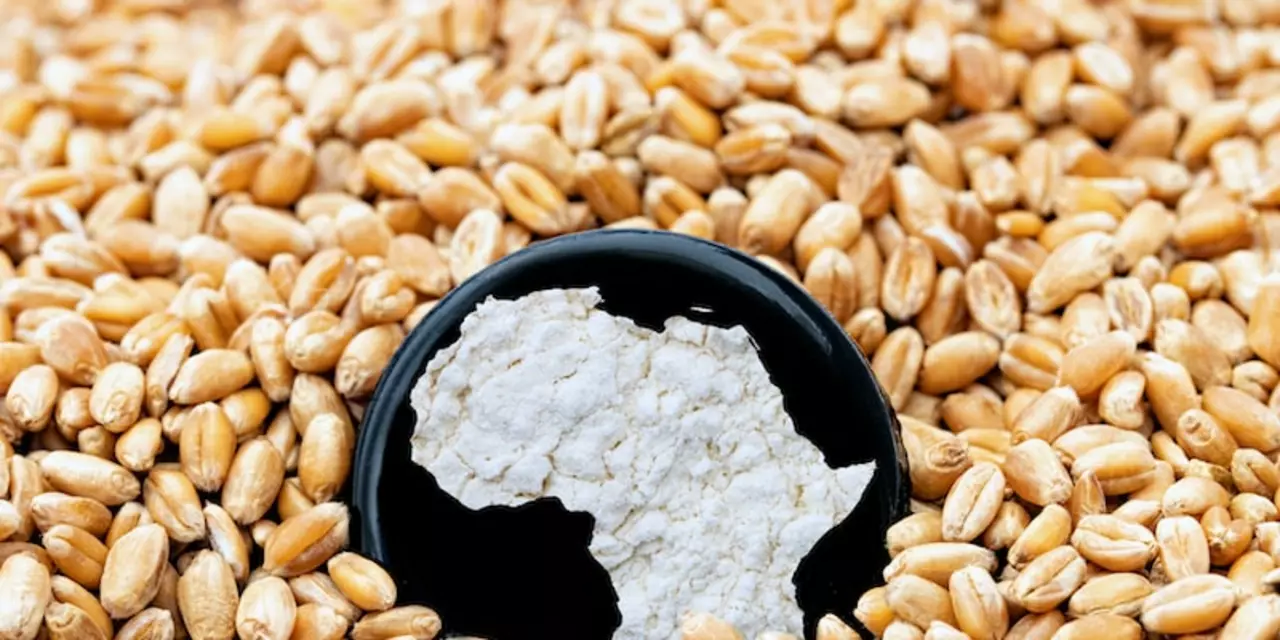Rice: Types, How to Cook Perfectly, and Why It Matters
Rice is the backbone of most Indian meals, but with so many kinds out there it’s easy to get confused. Whether you’re after fluffy basmati for biryani or sticky rice for South Indian snacks, knowing the basics can save you time, money, and a lot of kitchen frustration.
Common Rice Varieties in India
First up, the most popular grains. Basmati, grown in the north, gives you long, aromatic grains that stay separate when cooked – perfect for pulao. Sona Masoori from the south is shorter but still light and fluffy, ideal for everyday meals. Then there’s parboiled rice, often used in biryanis because it holds its shape well. If you love a stickier texture for idli or dosa batter, go for short‑grain varieties like samba or kolam.
Simple Steps to Fluffy Rice Every Time
Here’s a no‑nonsense method that works for most types. Rinse the rice 2‑3 times until the water runs clear – this removes excess starch and stops it from getting gummy. Soak for 20‑30 minutes if you’re using basmati; it cuts cooking time and improves texture. Use a 1:2 rice‑to‑water ratio for most long‑grain rice, but for short‑grain you might need a little less water (about 1.5 cups per cup of rice). Bring to a boil, then lower the heat, cover tightly, and let it simmer for 12‑15 minutes. Turn off the heat and let it sit, still covered, for another 5 minutes before fluffing with a fork.
If you’re in a hurry, a pressure cooker or instant pot can slash the cooking time dramatically. Just add a little extra water (about 10 % more) and set the timer to 5‑7 minutes for most white rice. Remember, every stove is different, so a quick test run will tell you the exact timing you need.
Storing rice correctly keeps it fresh longer. Cool it quickly after cooking, then refrigerate in an airtight container for up to 4 days. For longer storage, freeze portions in zip‑lock bags – they thaw in minutes and taste just like fresh rice.
Health‑wise, rice isn’t just empty carbs. Brown rice and red rice retain their bran layer, offering more fiber, vitamins, and minerals. If you’re watching blood sugar, try mixing half white rice with half quinoa or millet; the combo slows down glucose release without sacrificing taste.
Udupi Daily News often features rice‑centric stories – from local harvest festivals to new rice‑based recipes that blend tradition with modern twists. Keep an eye on our tag page for the latest updates, cooking hacks, and community insights about this humble grain.
So next time you reach for a bag of rice, you’ll know which type fits your dish, how to cook it perfectly, and why it matters for your health and palate. Happy cooking!

What is the typical food of a poor Indian?
Poor Indians have a diet which is mostly dependent on basic staples like wheat, rice and pulses. These are supplemented by a variety of vegetables and fruits, which are seasonal and locally available. Dairy products and meat are consumed sparingly, and mainly by those who can afford it. Poor Indians usually have simple meals which consist of chapatis, dals and vegetables, or rice and sambar.